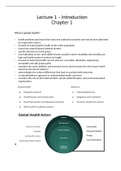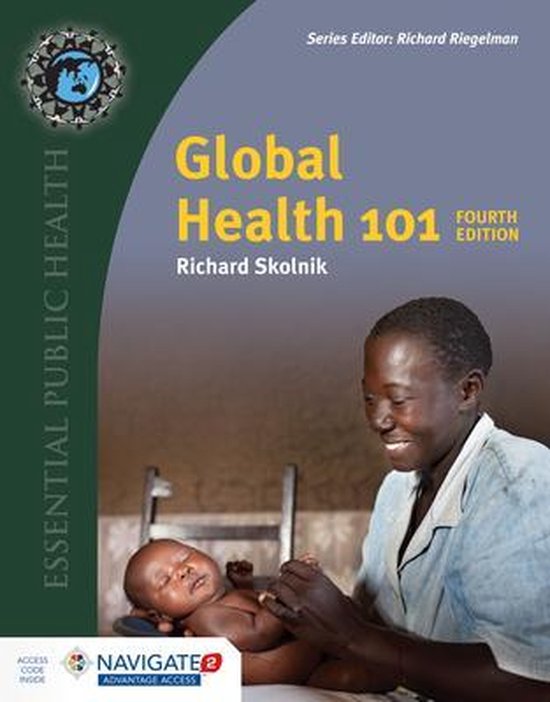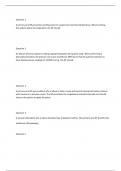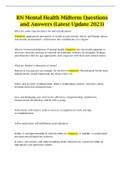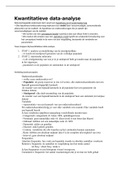Samenvatting
International Public Health (AB_1145): Complete Summary (VU Amsterdam)
- Instelling
- Vrije Universiteit Amsterdam (VU)
- Boek
- Global Health 101
The summary is written in alignment with the course material (the book and the lectures), and it contains all the content necessary to pass the exam.
[Meer zien]
